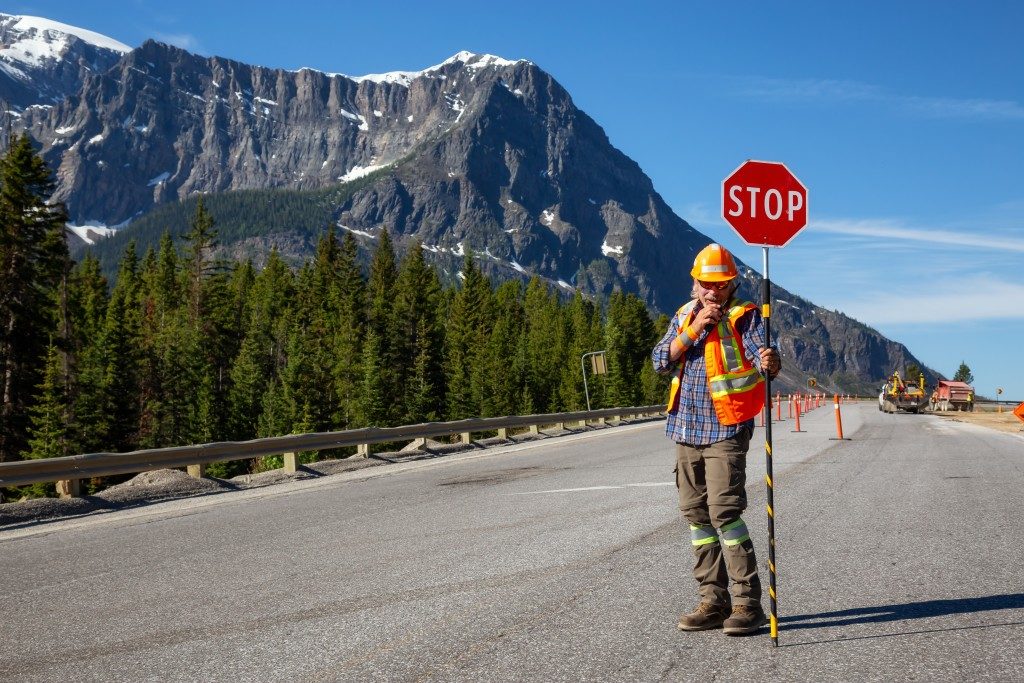Different work environments have different demands when it comes to high-visibility safety vests. One thing is for sure, though, they all serve safety. For example, in a roadside work zone, there are many distractions that could draw the driver’s attention away from the road.
With a high visibility reflective vest, they are much more likely to see you. The American National Standards Institute (ANSI) is an organisation that works to facilitate partnerships. It allows an exchange of information and access to standards that guard safety in different industries.
A first-aid safety vest, for example, that is ANSI compliant means that it is the best it can be for that specific job. That said the following are the different types of vests based on ANSI safety ratings:
The Class 1 Vest
These safety vests serve workers who are exposed to very low risks in their jobs. In most cases, these are jobs in places where traffic travels at a maximum of 25 mph. The work in those roadside zones takes place at a distance away from the road that is safe.
One example of such a situation is a sidewalk construction in a residential neighbourhood. The ANSI dictates that a vest to qualifies in this class if it has a safety orange or yellow. It must also have not less than 155 inches of tape.
The tape must also be reflective. It will need to go around the vest at the middle and the shoulders. These vests do not need to have sleeves. They are excellent as long as they cover one’s torso.
The Class 2 Vest
A vest under this category is for workspaces whose risk is greater than Class 1. These include ongoing work in a road where traffic moves at a maximum speed of 50 mph. These vests need to be large and more reflective so that they are highly visible.

The reflective tape must be at a minimum of 201 inches. The ground material must be a minimum of 775 inches. These vests are ideal for baggage handlers at the airport, survey crews and road crossing guards for schools.
The Class 3 Vest
People exposed to the most dangerous situations need these vests. These include those working in places where traffic goes at more than 50 mph. It also applies to people working in an emergency, such as a hurricane or a blizzard. In these cases, visibility could save a life.
These vests are the biggest of their kind. The background fabric needs to be a minimum of 1,240 sq. inches. The reflective striping also goes to as big as 310 sq. inches. This vest looks more like a T-shirt than a vest in the traditional sense.
During production, the ANSI dictates that the manufacturers adhere to their set standards for production and design. The safety standards go as far as specifying the type of reflective material.
As a user, you want to opt for manufacturers who adhere to these guidelines for your safety. After all, to be seen is to be safe.

